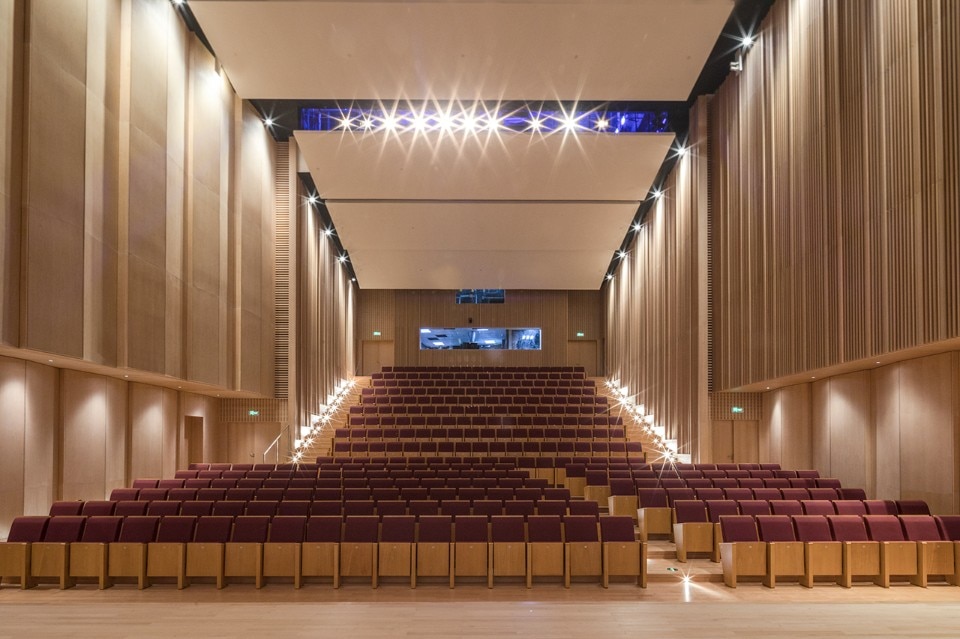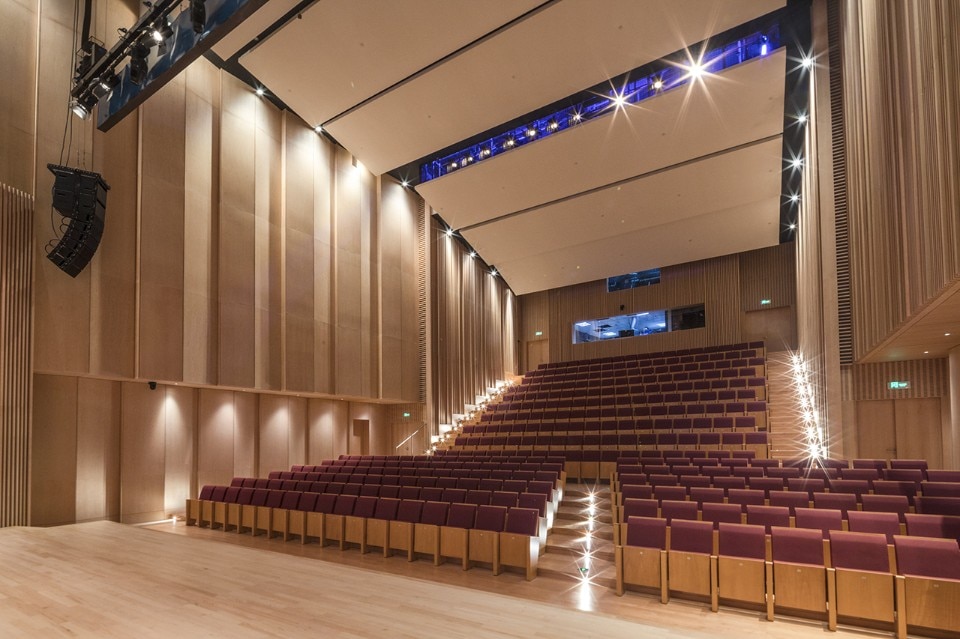2017 has seen a large number of important museum openings. The recent inauguration of Design Society can be set alongside the opening of the Musée Yves Saint Laurent Marrakech, designed by the KO studio, the Louvre Abu Dhabi, designed by Jean Nouvel, the expansion of the Victoria and Albert Museum, overseen by the Amanda Levete studio, and Denmark’s Tirpitz Museum, the work of Bjarke Ingels, which has been built on the site of a German bunker from the Second World War. Design Society is located in Shenzen, in southern China, and this new cultural institution is a product of the partnership between the China Merchants Group and London’s Victoria and Albert Museum. Situated in the province of Guangdong, Shenzen has experienced significant economic growth over the last three decades and a surge in its demographic growth – it had 30,000 inhabitants in 1980 but has almost 12 million today. Frequently dubbed the new Silicon Valley, Shenzen is around 20 kilometres from Hong Kong and has provided a home for a range of different hi-tech firms, including Huawei, the Chinese telecommunications giant, Tencent, the company that owns WeChat, and OnePlus, a company that has specialised in the production of active smartphones since 2013.

 View gallery
View gallery
Design Society is more than a traditional exhibition space: it has been set up as a hub bringing together a museum, a theatre, a multifunctional hall, a private gallery, a café, a restaurant and many different shopping areas, including one space where the creations of talented young Chinese designers are for sale. The mission of the centre is to activate design as a social catalyst over the 70,000-plus square metres of space available, which is distributed over six floors. These include different exhibition areas designed to house shows running in parallel – the Main Gallery, the V&A Gallery, the Park View Gallery, the Shenzhen UCCN Exchange Center, the Shekou Museum of Reform and Opening, and the Shenzhen Guanfu Museum. Opening the exhibition season in the Main Gallery is Minding the Digital, with design by the Dutch studio MVRDV, which – as the name suggests – focuses on the impact of digitalisation on the field of design. Alongside it is Values of Design in the V&A Gallery: this exhibition examines the relationship between values and design through more than 250 objects from the V&A’s permanent collection. But what about the future? We discussed this and more with Ole Bouman, writer, critic and curator, and now head of Design Society.

Design Society is a new cultural destination that aims to be an incubator of the future. What is its formula?
It’s a cultural destination but at the same time it’s also a proposal. It offers exhibitions, events, shops, places to eat and drink and a breath-taking view. In a sense, the point of contact is design understood as a generator of experience. There’s the ambition to do much more than set out what has already been designed. We want to inspire designers and city residents to dream, connect and challenge themselves. Beyond the cultural side, we need to experiment and ensure that today’s generation makes a mark on its own history.
How is the programme for Design Society decided on?
The exhibitions are understood as a broader canvas for Design Society. They represent a point of access for different chapters in the history of design. Their goal is to demonstrate the power of design, but they are also a tool and point of comparison for professionals in the field. The idea is to put on high-quality events and take the risk of starting a debate.

In your view, how has the internet changed the role of museum institutions?
The transformation is still far from being complete. Think for a moment when you used to go to a museum without a smartphone in your pocket. You found yourself face to face with art. Today this would be really unusual, and our cultural experiences have become much more superficial. It’s not enough to present a work – there has necessarily to be an interaction with the piece itself. We need to be engaging. In a sense, the museum is no longer a simple destination, but a temporary environment in which the reality of hypertextual connections takes shape. As director, I believe this should be considered an opportunity to leave an indelible mark on people’s lives, one which does not fade once they have left the building. Curatorship has become a form of choreography or drama – design as experience.
The idea of social interaction is just as important. Design Society has been designed as a space for comparison and engagement.
It’s part of the spirit of Design Society. We are a platform designed to connect China with the rest of the world, but also design with society, talent with opportunity, creativity with practicality, and genius with reality.
How is your day at the museum organised?
Currently we are in an embryonic phase, and so we are still on the verge of establishing all the operating protocols for the museum. But the more important thing, in this phase, is for the idea of everyday life to become a relative concept. Design Society will go beyond all forms of routine.





























